Born in Grenoble on August 25, 1873, François Girot frequented artistic circles in his youth. He had formed a surprising and lasting friendship with a young anarchist who loudly claimed his atheism. Jules Flandrin (1871-1947) was also passionate about painting, from Dauphine like him, and both received at the same time the teachings of the old master painter, sculptor and engraver Gustave Moreau (1826-1898), in Paris. However, in 1900, François broke with the Parisian artistic milieu to take the habit in the Benedictine abbey of En Calcat, located at the foot of the Montagne Noire, in the diocese of Albi. A radical change of life for the young painter, who was ordained a priest on June 21, 1907. When the First World War broke out in September 1914, he enlisted as a nurse-stretcher, and of course a voluntary chaplain.
Caught in the turmoil of the Battle of Verdun, he was seriously wounded on May 7, 1916 in Dugny-sur-Meuse. Evacuated to the rear, he succumbed to his injuries in the ambulance, and was pronounced dead on May 8. Watercolourist, François Girot paints comical skits featuring a bishop dressed in his red robe, in the comfort of his privacy. Then in a radically different register, François Girot paints with great talent, in a palette that is always very autumnal or wintery, landscapes or hunting scenes. His line is fine and powerful, the movement always rendered with strength and intensity. Look here, the two deer freeze, listening attentively, while the third continues to graze peacefully on the dry grass protruding from the snow.
COPYRIGHT


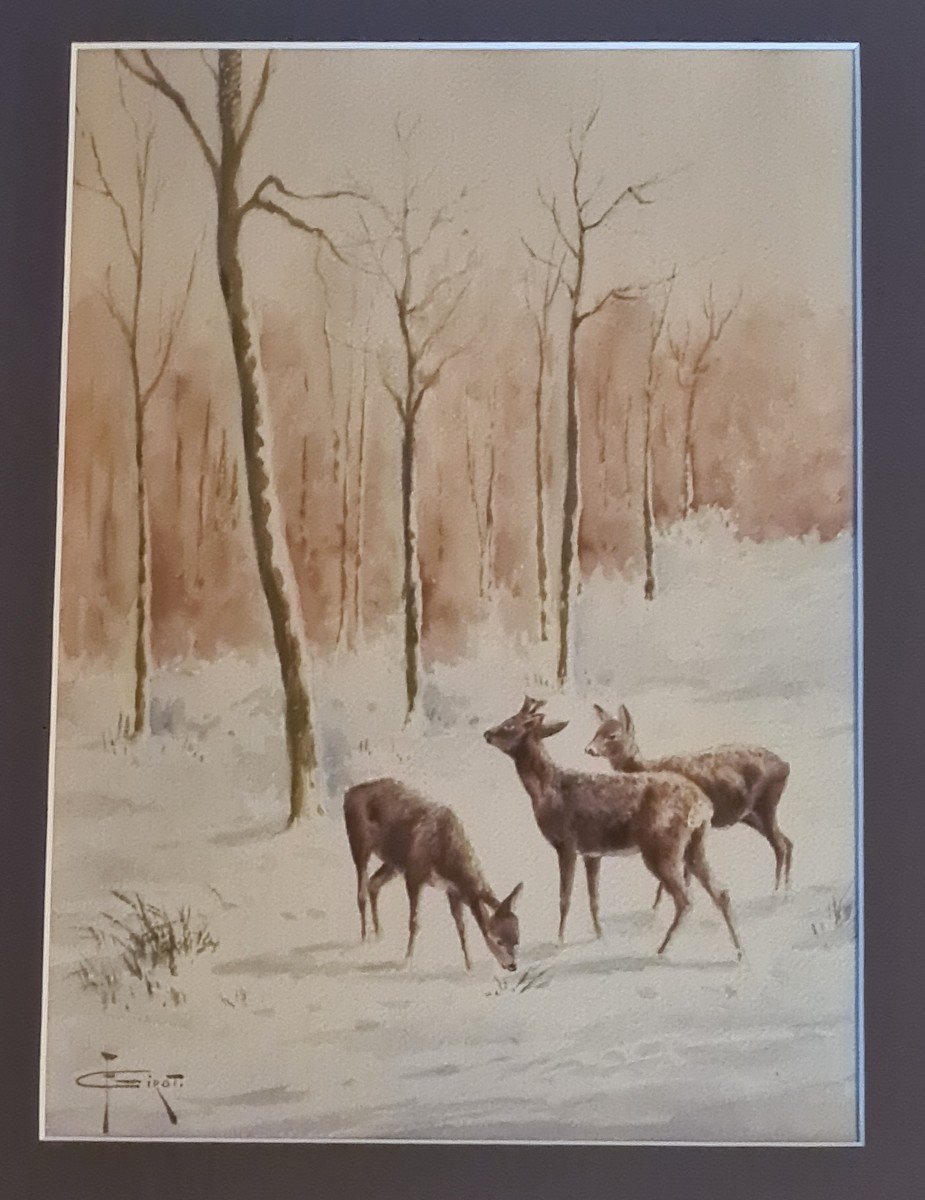
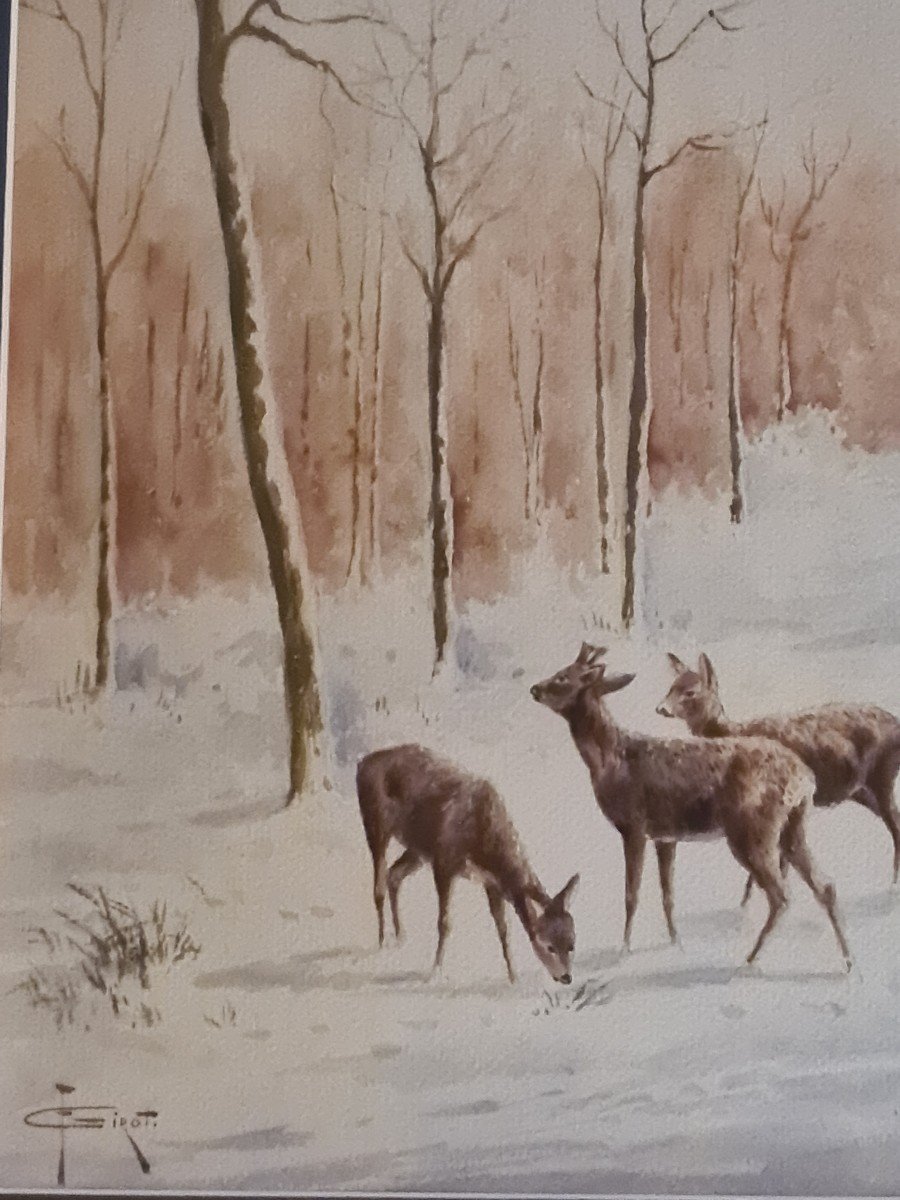
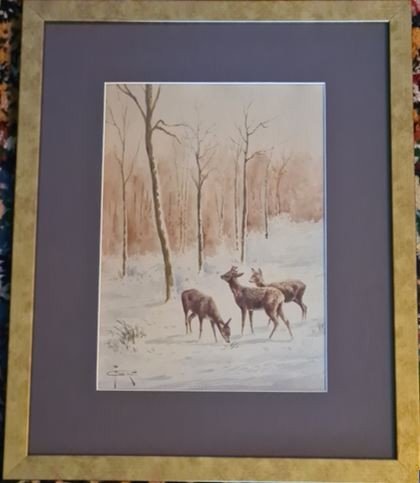





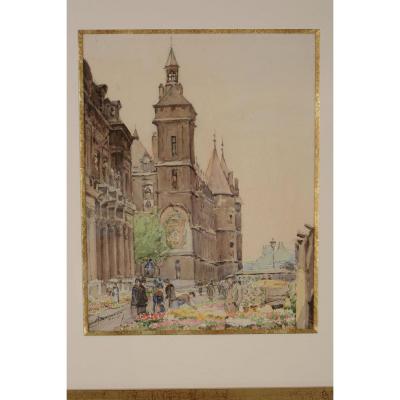

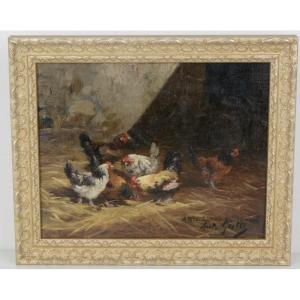


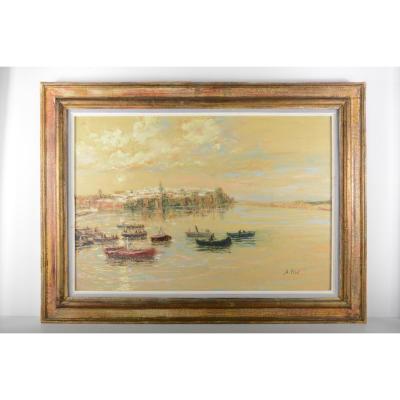




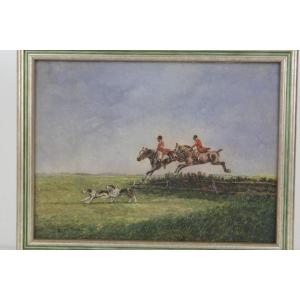

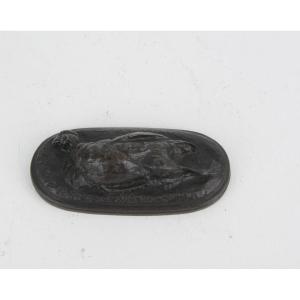
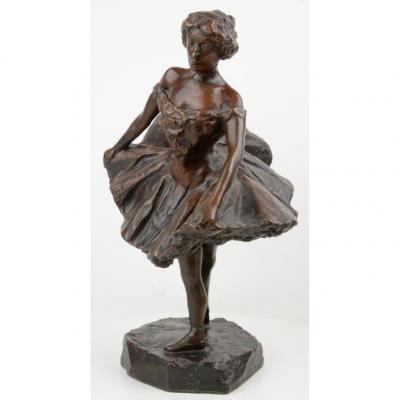








 Le Magazine de PROANTIC
Le Magazine de PROANTIC TRÉSORS Magazine
TRÉSORS Magazine Rivista Artiquariato
Rivista Artiquariato